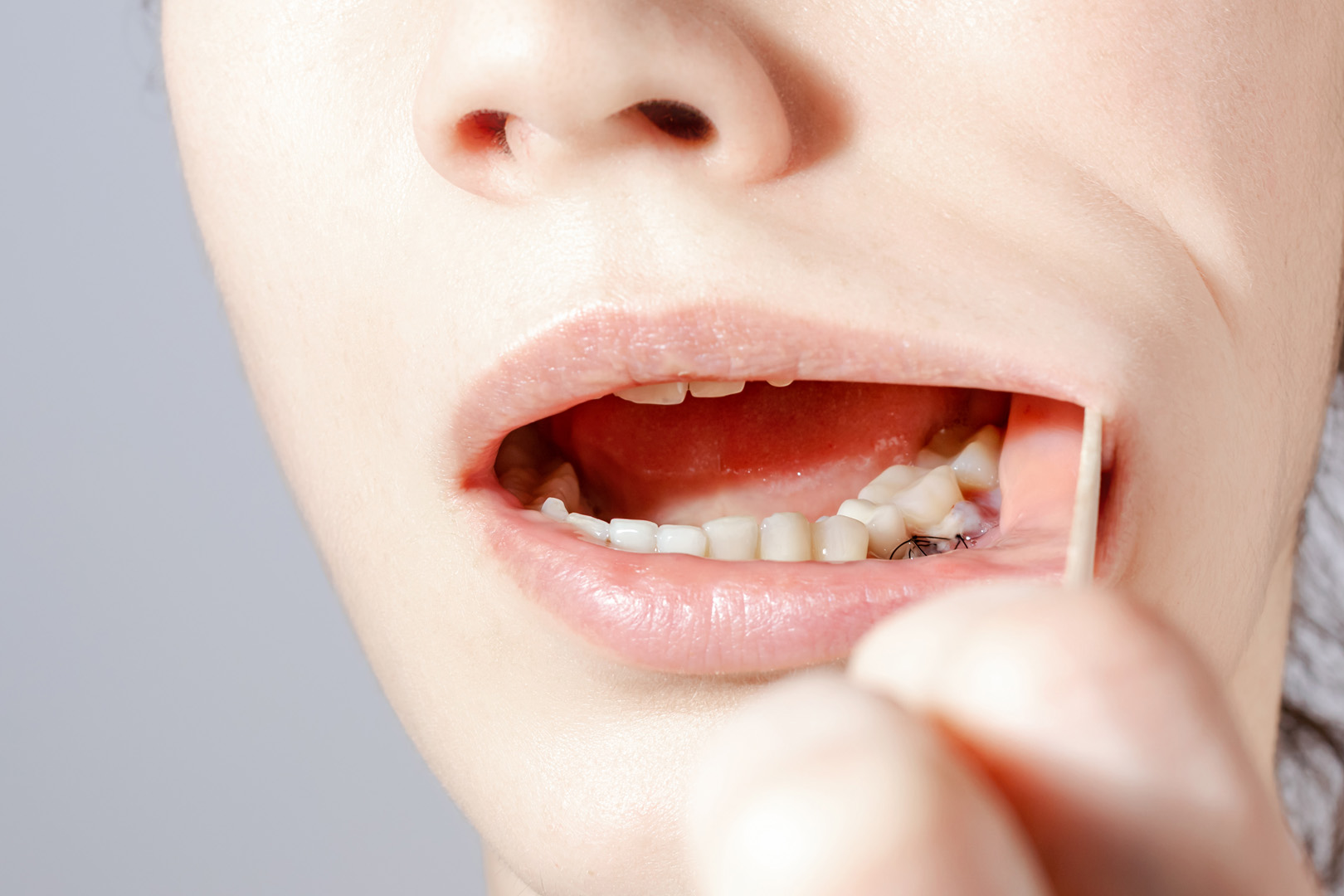If you have receding gums, you should see a dentist immediately. Recession of gum tissues is an indicator of gum disease and can make your teeth appear longer. In the long, this can lead to decay and eventually teeth loss. Gum grafting is the procedure used to treat receding gums. Before you visit your family dentistry Oshawa for treatment, here is an overview.
What is a gum graft?
Also called a gingival graft, a gum graft involves harvesting tissue from the roof of the mouth and attaching the tissues to the affected area where you have receding gums. There is no downtime to the procedure, and you can go home immediately. There are three types of gum grafts – free gingival graft, connective tissue graft, and lateral graft. Your dentist or periodontist will decide the best option for you.
What happens during the procedure?
The first step is to use local anesthesia on the treatment site. If you have dental anxiety or concerns, you may discuss sedation with your dentist. For a free gingival graft, your dentist will harvest tissue from the roof of the mouth, which will then be sutured on the treatment site. If you need a connective tissue graft, the dentist will create a small flap in the mouth’s roof and remove connective tissue underneath the top layer. They will then suture the tissues to areas that require more gum tissues. For an acellular dermal matrix allograft, your dentist will use human-donated tissues, and therefore, there is no need for a donor site.

What about recovering from a gum graft?
Dentists may recommend that you wait for an hour or so to check there aren’t any concerns with the new graft. After you go home, you will eat soft and cold foods that will not affect the graft, such as softly-cooked eggs, yogurt, veggies, and ice cream. The dentist will usually give an antimicrobial mouthwash to use for the next two weeks to reduce the risk of infections. Don’t brush or floss unless your dentist says so, and ask whether you can take over-the-counter pain medications to deal with pain and discomfort. Full healing can take anywhere between two to three weeks. You will return for a second appointment to ensure the grafting surgery was successful.
When should you call your doctor?
Gum grafting is a relatively simple procedure that doesn’t cause serious side effects. However, call your doctor immediately if you have excessive bleeding that doesn’t stop or the pain doesn’t get better.
Why should you consider gum grafting?
With gum grafting, you can address concerns associated with gum disease. If the tooth roots are exposed, you may experience heightened sensitivity, which may make it hard to enjoy hot and cold foods. For many patients, gum recession is a serious aesthetic concern. Longer teeth are often unsightly, and with a gum graft, it is possible to restore your natural smile. Finally, the procedure is ideal for reducing the progress of periodontal disease. Advanced gum disease can otherwise lead to a rapid decline in gum tissues in a short time.
How can you protect your gums?
Having a gum graft doesn’t mean you will never have periodontal disease again. Make sure you brush and floss at least twice daily, and ask your dentist about using a medicated mouthwash. Keep up with your regular dental appointments, as oral exams can help dentists find early signs of gum issues before symptoms get worse. If you smoke, consider quitting. Dental cleanings every six months are useful for avoiding plaque and tartar that contribute to gum disease.
Check online today to find a family dentist in Oshawa who specializes in gum disease treatment.

